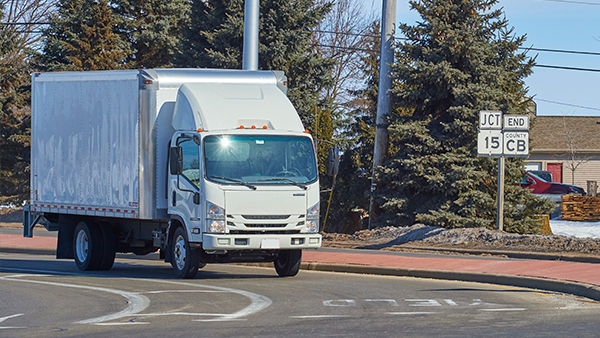Managing Non-Traditional Commercial Motor Vehicle Drivers
Thomas Bray, Sr. Transport Editor
June 21, 2023

Managing non-traditional commercial motor vehicle (CMV) drivers is a challenge, but it can be done. The first challenge is adults tend to not be invested in, and not participate in, activities that they believe do not apply to them. Therefore, the first step to managing non-traditional CMV drivers is convincing them (and their supervisors!) that they are CMV drivers, even though their positions may have different job descriptions. This is true if your non-traditional CMV drivers are salespersons, landscapers, construction workers, plumbers, or IT infrastructure specialists.
As part of this, you need to discuss who qualifies as a CMV driver with your non-traditional drivers. The short answer is it is anyone that operates a vehicle in interstate commerce (business that crosses state lines) that weighs or is rated at 10,001 pounds or more, that seats 8 or 15 or more (depending on compensation), and any vehicle that is placarded for hazardous materials (if you operate in intrastate commerce, it will be your state’s definition of a CMV that matters).
Once you have convinced your CMV-driving employees they are CMV drivers, the next step is to impress upon them the importance of complying with the safety regulations. The concept to focus on here is that the requirements are in place because you, as a CMV driver, have the privilege of driving a large, heavy, and potentially dangerous vehicle on the public roads. However, along with the privilege comes responsibilities. The responsibilities include:
Having the proper license that is current;
Being and staying medically qualified and certified;
Remaining drug-free and using alcohol appropriately (and participating in the company drug and alcohol testing program if you operate CDL-required vehicles);
Operating in compliance with the traffic codes and laws;
Complying with the hours-of-service limits and tracking your hours using either a time record, paper log, or ELD;
Inspecting your vehicle at the start and end of the workday; and
Complying with company requests when it comes to completing the DOT-required paperwork.
Finally, you need to remember that as far as the Federal Motor Carrier Safety Administration and their state partner agencies are concerned, your company is a “carrier.” This means that all of the motor carrier regulations apply to your company, no matter what your core business might be.
The bottom line is that managing non-traditional drivers is possible, but you need to convince them that they are CMV drivers and compliance with the motor carrier safety regulations is something they and you must do.